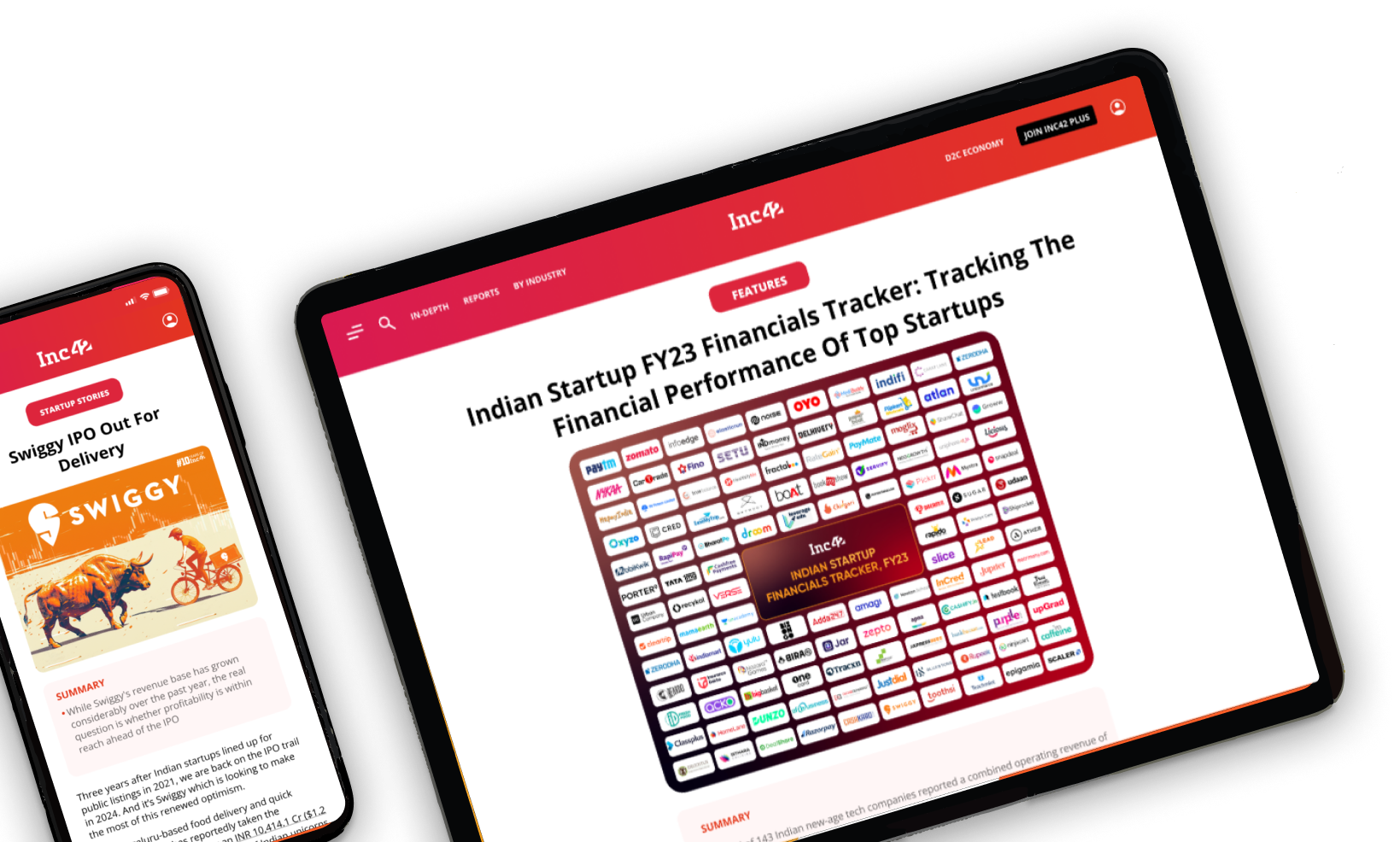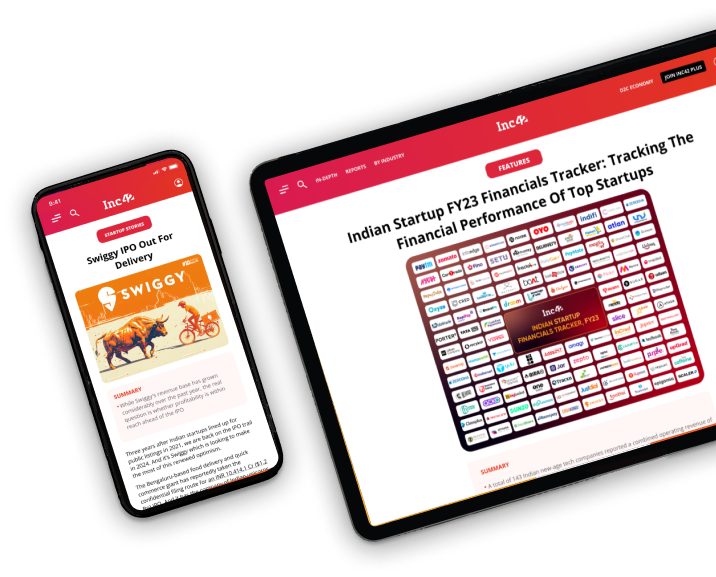
The company’s return on equity contributes to its calculation of sustainable growth rate
The rapid growth of ecommerce has changed the concepts of sustainability
Sustainable growth is about achieving a fine balance between survival and scale-up
Sustainable growth is integral to the success of a business. Irrespective of the size of the enterprise at inception, realistic goals of achieving a stable and predictable growth rate can foster long-term survival of a business.
Although profits determine the growth rate of a business, a rapidly growing one may end up risking its resources in the long haul. On the other hand, an operation that grows too slowly experiences high risks of stagnation.
Sustainable growth rate refers to the maximum rate of growth that an enterprise can maintain without increasing its financial leverage.
Currently, experts rely on three assumptions to calculate the sustainable growth rate of a company –
- The company aims to sustain its capital without the issuance of new funds
- The business wants to pay a predetermined percentage of earnings to its shareholders
The business owner(s) also wants to boost sales in accordance with market conditions
Therefore, the sustainable growth rate is the safest rate of growth and expansion a company can sustain without increasing its financial leverage.
The company’s return on equity contributes to its calculation of sustainable growth rate. For calculating the same, experts also consider its dividend payment ratio. The sustainable growth rate of a company is the maximum growth in sales the company can achieve without using up its operating funds.
What Happens When Companies Grow Too Rapidly?
The rapid growth of ecommerce has changed the concepts of sustainability. For example – today, the leaders of ecommerce engage in offering lucrative discounts to customers across the world. While very few preserve the quality of their products and services, the slashed rates and reduced profits often force the e-tailers to compromise their product quality and after-sales services.
Although the reduced prices and offers attract thousands of customers, the poor experience drives thousands away and deters thousands more from purchasing from the same eCommerce store.
This is in sharp contrast to the practices of sustainable growth we have discussed before. The sales of the company skyrocket in the first few days, but it ends up exhausting its operating capitals and losing paying customers in the long-term.
Zynga is one such company that scaled too rapidly. Texas Hold’em Poker is a name almost every netizen is familiar with. Zynga was the parent company that became an instant popular source of awesome free games back in 2007. By 2011, Zynga was expanding at lightning-fast speed and they had set up data centres worth $100 Mn.
However, by 2013, the demand for their games ebbed and their investments in new equipment were not enough to make up for the market’s demand for innovation. The same year, Zynga laid off 18% of its staff and shut down some of their data centres. This was followed by another wave of layoffs in 2014.
Currently, Zynga is still operating, but it is not the same powerhouse of social game development it was back in 2007.
What Is The Take-Home Message?
Zynga never shied away from the fact that their reckless investments and hunger for rapid growth led to their downfall. It serves as a learning moment in the history of start-ups for all aspiring entrepreneurs and corporate executives.
Sustainable business growth considers the current capital structure of a business, its dividend payment ratio, and the achievable profits in the contemporary market conditions. Investing in sustainability shows foresight in the part of the business owner.
Sustainable growth fosters long-term success instead of rapid and reckless expansion that risks company capitals and resources.
Sustainable growth is about achieving a fine balance between survival and scale-up. It is the practice of budgeting the current resources at disposal for running the operations while keeping sufficient resources aside for the acquisition of new tech and equipment that will help in the scale-up of the business in the future.































 Ad-lite browsing experience
Ad-lite browsing experience